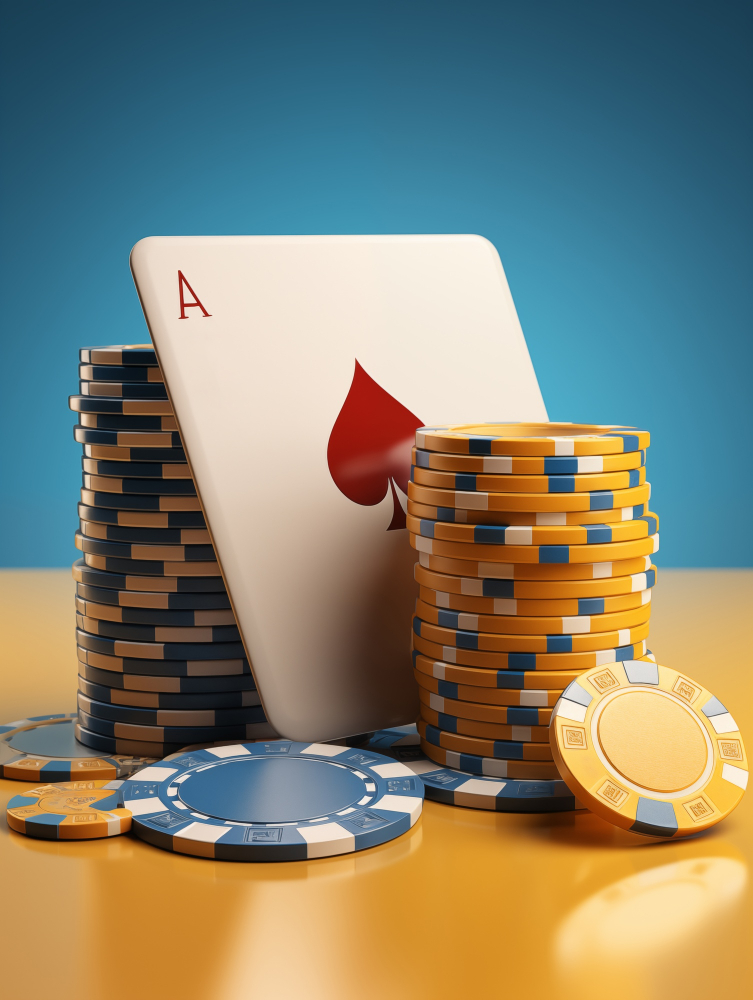Welcome to the intriguing world of Canasta, a classic card game that combines strategy, skill, and a sprinkle of luck. Among its many fascinating elements, “what are special hands in Canasta” stands out as a key aspect that can dramatically alter the course of the game. This guide will delve into the rules and gameplay surrounding these unique hand configurations, offering both beginners and seasoned players invaluable insights into mastering Canasta.
Understanding Canasta
Before diving into the specifics of special hands, let’s briefly touch on the basics of Canasta. Originating in Uruguay in the 1940s, Canasta belongs to the rummy family of card games and can be played by two to six players. The goal is to score points by creating melds of cards of the same rank and completing canastas (a meld of seven or more cards).
The Deck
Canasta utilizes two standard decks of cards, including the jokers, totaling 108 cards. Each player is dealt a hand, and the remaining cards form a draw pile with one card turned up to start the discard pile.
Special Hands in Canasta
What sets Canasta apart are the “special hands” – unique combinations that can offer a significant advantage. Recognizing and utilizing these hands effectively can be a game-changer.
Natural and Mixed Canastas
Canastas can be “natural” or “mixed”. A natural canasta consists entirely of natural cards (no wild cards), while mixed canastas contain up to three wild cards (jokers or twos).
| Type | Description | Points |
|---|---|---|
| Natural Canasta | Seven or more cards of same rank without wild cards | 500 |
| Mixed Canasta | Four to six natural cards plus up to three wild cards | 300 |
Initial Meld Requirements
The ability to lay down your initial meld depends on your team’s current score. The higher your score, the more points are required for your first meld, including any special hands you might be holding.
- 0-1495 points: 50 points required
- 1500-2995 points: 90 points required
- 3000+ points: 120 points required
Freezing the Discard Pile
A pivotal strategy involves “freezing” the discard pile, making it a bit harder for opponents to pick up. A wild card or a black three placed on the discard pile freezes it against pickup unless the next player uses two natural cards of the same rank as the top discard card and has a meld of that rank already on the table.
Going Out
To end the game, a player must go out by either discarding their final card or forming a canasta, thus earning additional points for their team. Special conditions apply if you’re going out with a special hand, offering a strategic edge if executed correctly.
Strategies and Tips
Mastering special hands in Canasta involves not just understanding but also strategy. Always be mindful of the cards being played, adjust your tactics based on the opponent’s moves, and remember, retaining a wild card for the endgame can often lead to a surprise victory.
Through this exploration of special hands in Canasta, it’s clear that they bring an extra layer of depth and excitement to the game. Whether you’re a beginner eager to learn or a seasoned player looking to sharpen your skills, recognizing and leveraging these hands can enhance your gameplay experience and perhaps, lead you to victory.
